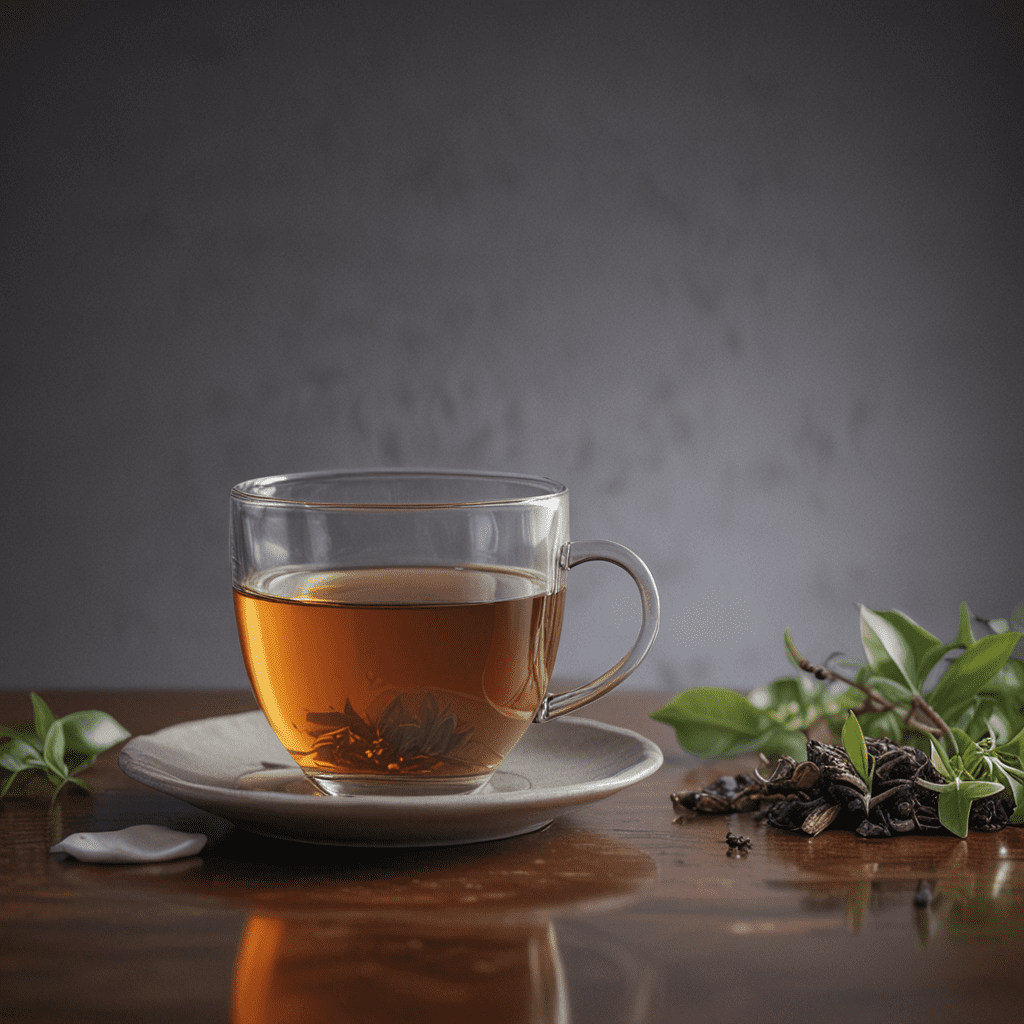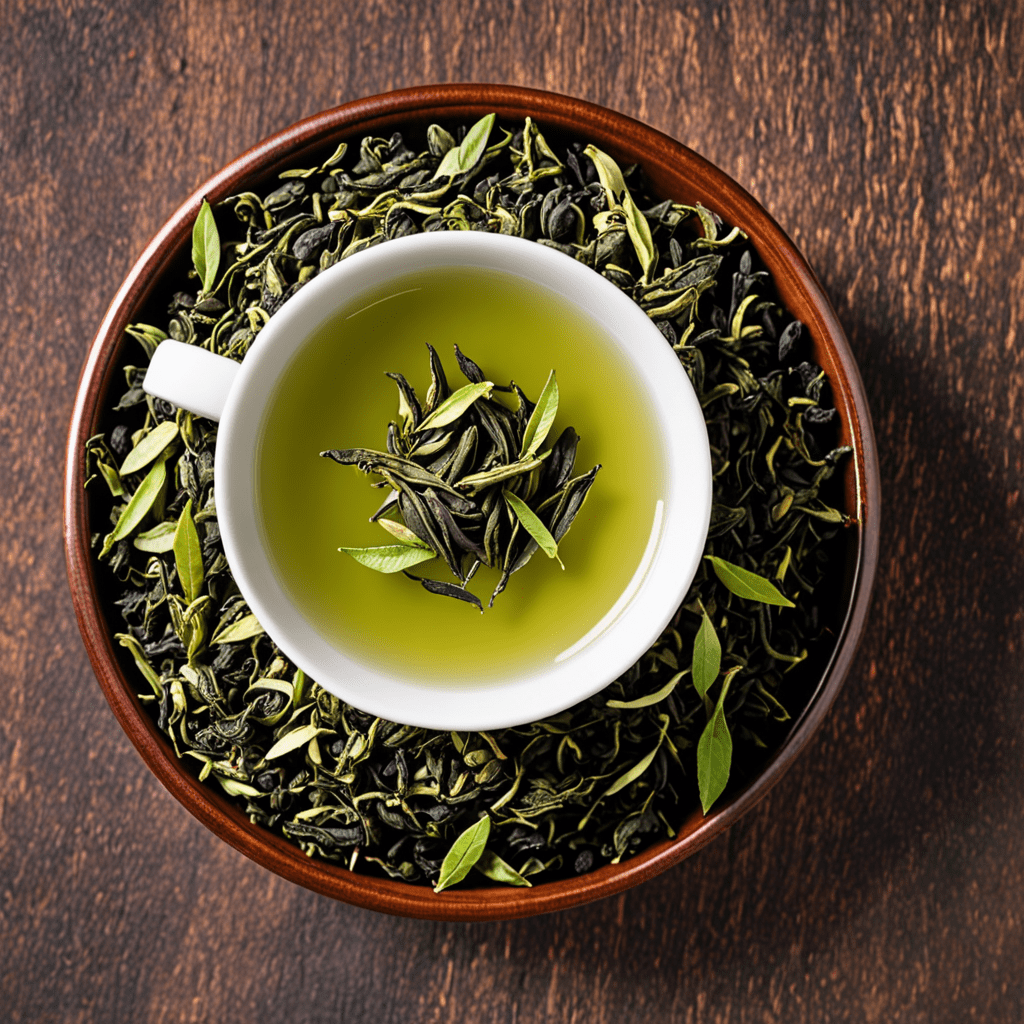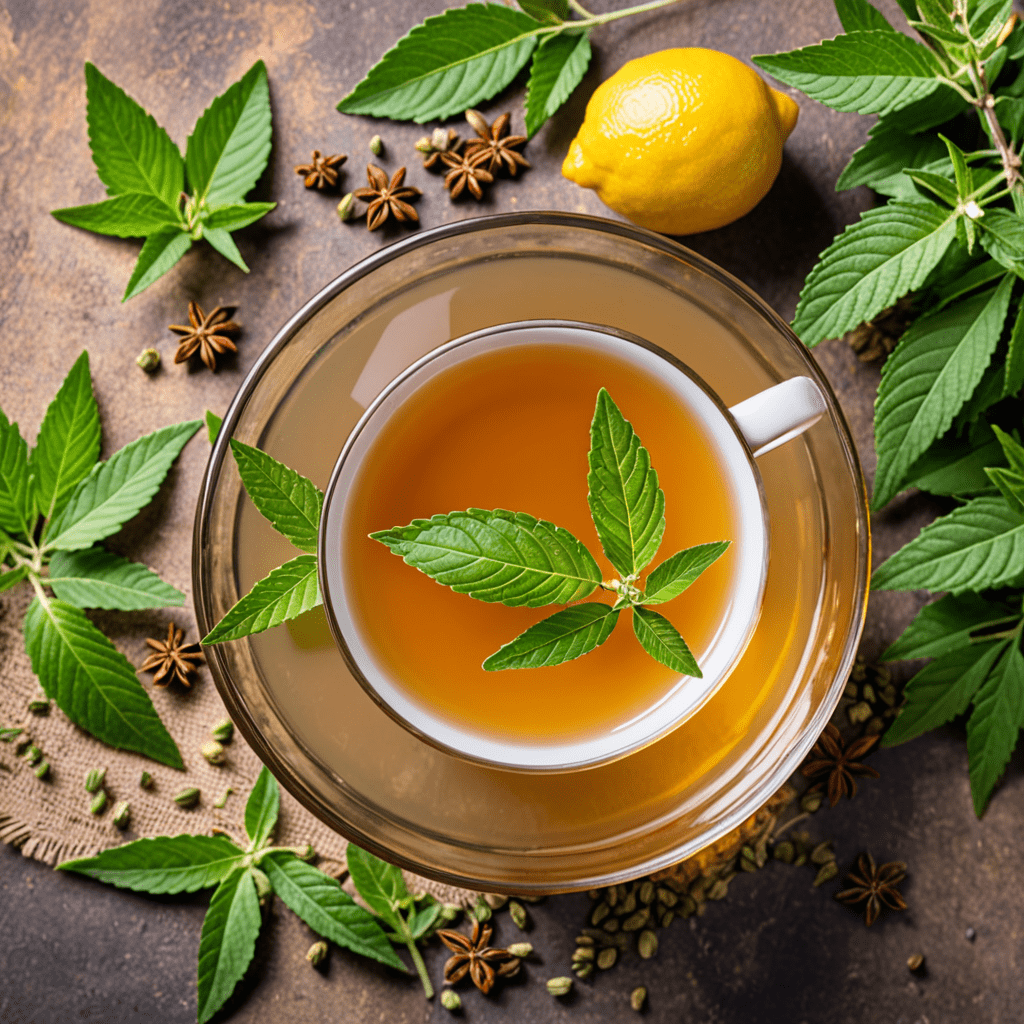
The Art of Tea Appreciation: Developing a Taste for Ceylon Tea
1. History and Origins of Ceylon Tea
Ceylon tea, renowned worldwide for its exquisite flavor and aroma, holds a rich and captivating history. Its origins can be traced back to the mid-18th century when the British introduced tea plants to the island nation of Ceylon, now known as Sri Lanka.
The island's unique climate and fertile soil proved to be exceptionally conducive to tea cultivation, and within a century, Ceylon tea rose to prominence as a global leader. Today, Sri Lanka remains one of the world's largest tea producers, exporting its prized Ceylon tea to discerning tea enthusiasts around the globe.
2. Characteristics of Ceylon Tea
Ceylon tea is celebrated for its distinctive characteristics that set it apart from other varieties. Its flavor profile is characterized by a harmonious balance of briskness, fullness, and a subtle hint of astringency. The aroma exudes a captivating fragrance, reminiscent of fresh herbs and citrus notes.
The color of Ceylon tea ranges from a golden amber to a deep copper, depending on the type and oxidation level. Its appearance is often adorned with a delicate golden halo, a testament to its high-quality.
3. Benefits of Ceylon Tea
Beyond its sensory appeal, Ceylon tea offers an array of health benefits attributed to its rich antioxidant content. Studies have shown that antioxidants present in Ceylon tea, particularly polyphenols, play a vital role in scavenging free radicals, reducing inflammation, and protecting cells from damage.
Regular consumption of Ceylon tea has been linked to improved cardiovascular health, reduced risk of certain cancers, and enhanced cognitive function. Its beneficial effects extend to weight management, as Ceylon tea contains caffeine, which has thermogenic properties that may boost metabolism and aid in fat oxidation.
4. Choosing the Right Ceylon Tea
Navigating the diverse range of Ceylon teas can be an adventure. The island's varied growing regions, each with unique microclimates and soil conditions, produce teas with distinct flavor profiles.
Among the most sought-after regions is Nuwara Eliya, known for its high-grown teas renowned for their delicate floral notes and pronounced briskness. Dimbula teas, grown in the central highlands, offer a balanced flavor with hints of citrus and spice, while Uva teas from the southeastern region exhibit a bolder character with a rich, malty finish.
5. Preparing Ceylon Tea
The art of preparing Ceylon tea requires precision and attention to detail to extract its full flavor potential. The traditional method involves using a teapot and loose-leaf tea, allowing the leaves to unfurl and release their complexities.
The water temperature should be between 195°F (90°C) and 205°F (96°C) to avoid bitterness or dulling the delicate flavors. The amount of tea used is a matter of personal preference, but a general rule is to use one teaspoon per cup of water.
Steeping time plays a crucial role in determining the intensity of the tea. For a light and refreshing cup, steep for 2-3 minutes. For a fuller, more robust brew, extend the steeping time to 4-5 minutes.
6. Tasting Ceylon Tea
The sensory evaluation of Ceylon tea is a journey of discovery, unraveling the nuances of its flavor and aroma. Engage your senses by observing the tea's color, inhaling its fragrance, and savoring its taste.
Identify the dominant flavors, such as briskness, fullness, or astringency. Note the subtle undertones of citrus, spice, or floral notes. The aroma should be fresh and inviting, complementing the flavors detected on the palate.
7. Pairing Ceylon Tea with Food
Ceylon tea's versatility extends beyond its solo enjoyment to harmonious pairings with various culinary delights. Its briskness complements savory dishes, while its subtle sweetness pairs well with desserts.
For a classic pairing, try Ceylon tea with traditional Sri Lankan cuisine, such as kottu roti or pol sambol. Its herbaceous notes enhance the flavors of spicy curries and rich stews.
8. Cultural Significance of Ceylon Tea
In Sri Lanka, tea holds a deep cultural significance, interwoven into the fabric of daily life. Tea ceremonies, known as "tea parties," are cherished social gatherings where families and friends bond over a cup of freshly brewed Ceylon tea.
Beyond its social significance, Ceylon tea is also an integral part of the country's economy and heritage. The tea industry has played a vital role in shaping Sri Lanka's history, contributing to its development and global recognition.
9. Tips for Developing a Taste for Ceylon Tea
Acquiring a taste for Ceylon tea can be a gradual process. Start by incorporating it into your daily routine, perhaps as a morning pick-me-up or an afternoon refresher.
Experiment with different types of Ceylon tea to discover your preferences. Blend black Ceylon tea with herbs or spices to create unique flavor combinations that cater to your palate.
10. Ethical and Sustainable Tea Practices
Ethical and sustainable tea practices ensure the well-being of tea workers and the preservation of the environment. Look for certifications such as Fairtrade and Rainforest Alliance, which guarantee fair wages and environmentally responsible farming methods.
By supporting ethical and sustainable tea practices, you contribute to the livelihoods of tea-producing communities and protect the delicate ecosystems where Ceylon tea thrives.
Frequently Asked Questions
Q: What is the difference between black, green, and white Ceylon tea?
A: The difference lies in the processing method. Black tea undergoes full oxidation, resulting in its dark color and robust flavor. Green tea is minimally oxidized, preserving its delicate flavor and greenish hue. White tea is made from young tea leaves, which are picked before they fully open, and undergoes minimal processing, giving it a light and subtle flavor.
Q: How do I store Ceylon tea properly?
A: Store Ceylon tea in an airtight container away from direct sunlight and moisture. Heat, light, and humidity can degrade the tea's flavor and aroma.
Q: Can I drink Ceylon tea iced?
A: Yes, Ceylon tea can be enjoyed both hot and iced. To make iced tea, brew the tea as usual and let it cool before pouring it over ice. You can adjust the strength of the tea by adding more or less water.


